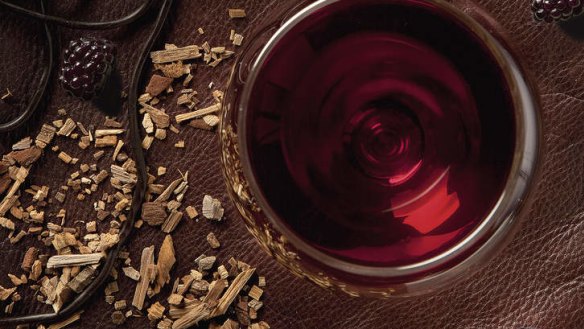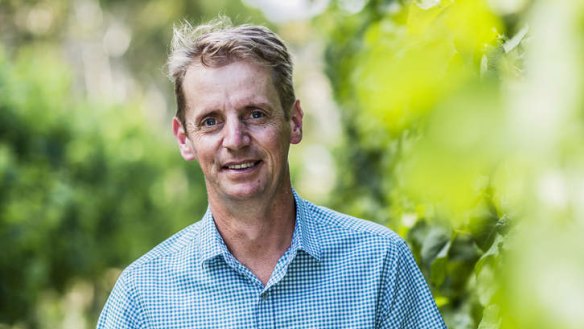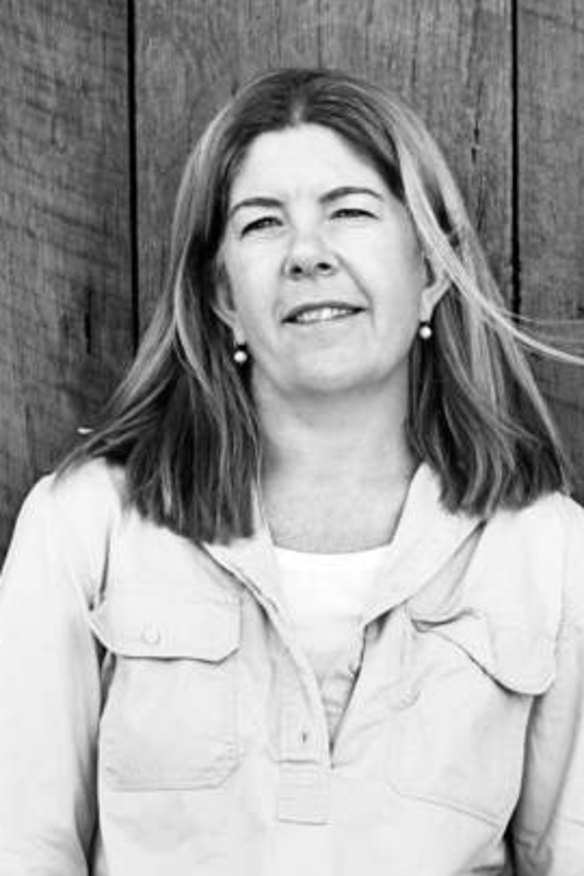Is Australian red wine too alcoholic?
Debate rages about the merits of high-alcohol wine and a small group of Australian producers is ignoring the pleas for lower percentages.

''It's been huge pressure,'' admits north-east Victorian winemaker Andrew Sutherland Smith. During the past decade he has endured a storm of protest over his high-alcohol reds, particularly shiraz and durif, that question the outer alcohol limits for table wines. With readings as high as 16 to 16.5 per cent, his Warrabilla reds are alarmingly close to those found in fortified wines.
''I have possibly lost some customers,'' he says, ''but I wouldn't be in business if no one wanted my wines. This is the style my customers want to buy.''
A small band of Aussie winemakers who continue to produce high-alcohol wines agree, from Kalleske and Kaeslerin the Barossa Valley to Mollydooker and Noon Winery in McLaren Vale.

But criticism of big, muscular, high-alcohol Australian reds that finish hot and heavy has been loud and persistent. With the possible exception of a rare T-bone, they are viewed as the enemy of food, drink driving and moderate wine consumption, keeping in mind that one standard drink for a 16.5 per cent shiraz is just 80 millilitres, or four tablespoons.
In Britain, one of Australia's most important wine markets, the Department of Health wants to remove 1 billion units of alcohol from sale by 2015. Its method is simple: encourage the sale of lower-alcohol beers and wines. Australian producers with a foot in the British market will be obliged to rethink their alcohol levels.
So why are some winemakers fighting the trend to moderation? And why are we seeing high-alcohol wines coming from not only warmer regions but cooler areas such as the Adelaide Hills?

Last year, Paracombe Wines released a 16 per cent shiraz viognier blend from the 2011 vintage. This year, the producer has a 16 per cent flagship shiraz, Somerville, from the 2009 vintage at $69.
Is it possible to make high-quality, high-alcohol wines? The multi-award-winning Wolf Blass Platinum Label 2006 Barossa Valley shiraz could be the poster child for the style. With 15 per cent alcohol, it has won over many with its intensity of fruit and freshness, despite eight years in the bottle. London-based wine shows the Decanter World Wine Awards and the International Wine Challenge, both awarded the Platinum 2006 gold medals.
Adelaide Hills winemaker Nepenthe produced a 2010 tempranillo at 15 per cent alcohol that charmed wine judges across Australia as a youngster in 2011, winning two trophies and five gold medals in wine shows.
''I would struggle to find a wine that is 16 per cent alcohol a balanced wine,'' says the Melbourne Wine Show chairman Tom Carson. He won't dissuade the 2014 judges from putting such wines forward for medal contention, but they had better be balanced.
His Sydney Wine Show counterpart, Samantha Connew, doesn't regard high alcohol as a fault, but she doesn't like it.
''They aren't associated generally with freshness or vibrancy,'' she says. ''If anything, you see the opposite.''
At Warrabilla Wines, Sutherland Smith believes a more serious problem with high-alcohol wines is the fudging of the alcohol amount by some producers, who can legally put 14.5 per cent alcohol on a label when the real figure may be as high as 16 per cent. The rules allow a 1.5 per cent tolerance, either up or down, of stated alcohol for still and sparkling wines.
''I put the real figure on my labels,'' says Sutherland Smith. ''I could knock 1.5 per cent off all my labels and have 14.5 per cent alcohol wines, but I want consumers to know the real figure. I reckon you have a duty of care to your consumers.''
BIG REDS: THE VERDICT
Paracombe Adelaide Hills 2009 Somerville Shiraz (16 per cent alcohol)
Old vines from an early Adelaide Hills vineyard were transplanted to the Paracombe vineyard in 1997. Somerville shiraz is the result. Slippery and syrupy on the tongue, it is full of concentrated fruit, but also oak. Indeed, it reveals too much of everything and lacks definition. Would I drink it? No.
Kaesler Barossa Valley 2010 Avignon Grenache Mataro Shiraz (15.5 per cent alcohol)
A bit of a surprise packet, it definitely doesn't present as a high-alcohol wine, but slowly builds, coupling dried herbs, black fruit with allspice and fruit cake into an expressive wine. Bright acid balance leaves a clean, not cloying, finish. Would I drink it? Yes.
Mitolo McLaren Vale 2010 G.A.M Shiraz (15.4 per cent alcohol)
For a four-year-old, this wine is looking developed and is starting to tire. Prunes, dark chocolate and fruit cake - the flavours are full on and a little unforgiving. It's loose and without structure. Would I drink it? No.
Tscharke 2011 Marananga Mataro (15.5 per cent alcohol)
Damien Tscharke is a Barossa young gun, making a name for his sensitive approach and artisanal style. His play on a traditional Barossa mataro (aka mourvedre) hits the spot with earthy leather notes and warm, rounded fruit. It is balanced all round, but doesn't finish hot. Would I drink it? Yes.
Morris Wines 2007 CHM Durif (15 per cent alcohol)
This wine was made to honour the present winemaker's father, Charles Henry ''Mick'' Morris, and it unreservedly celebrates power, with oodles of rich flavour and big tannins thrown in. Everything about this wine is big. Would I drink it? Yes, but with something equally robust in flavour, preferably from the hindquarters of a cow.
Big Aussie reds: where do you stand? Share your thoughts in the comments below.
Your say
The comment on this story judged to be the best by the goodfood.com.au editor will be published in The Feed in the Epicure or Good Food print sections on Tuesday and win $100 in prepaid cards courtesy of eftpos. Comments will close on this story at 9.30am AEST Thursday, June 12.